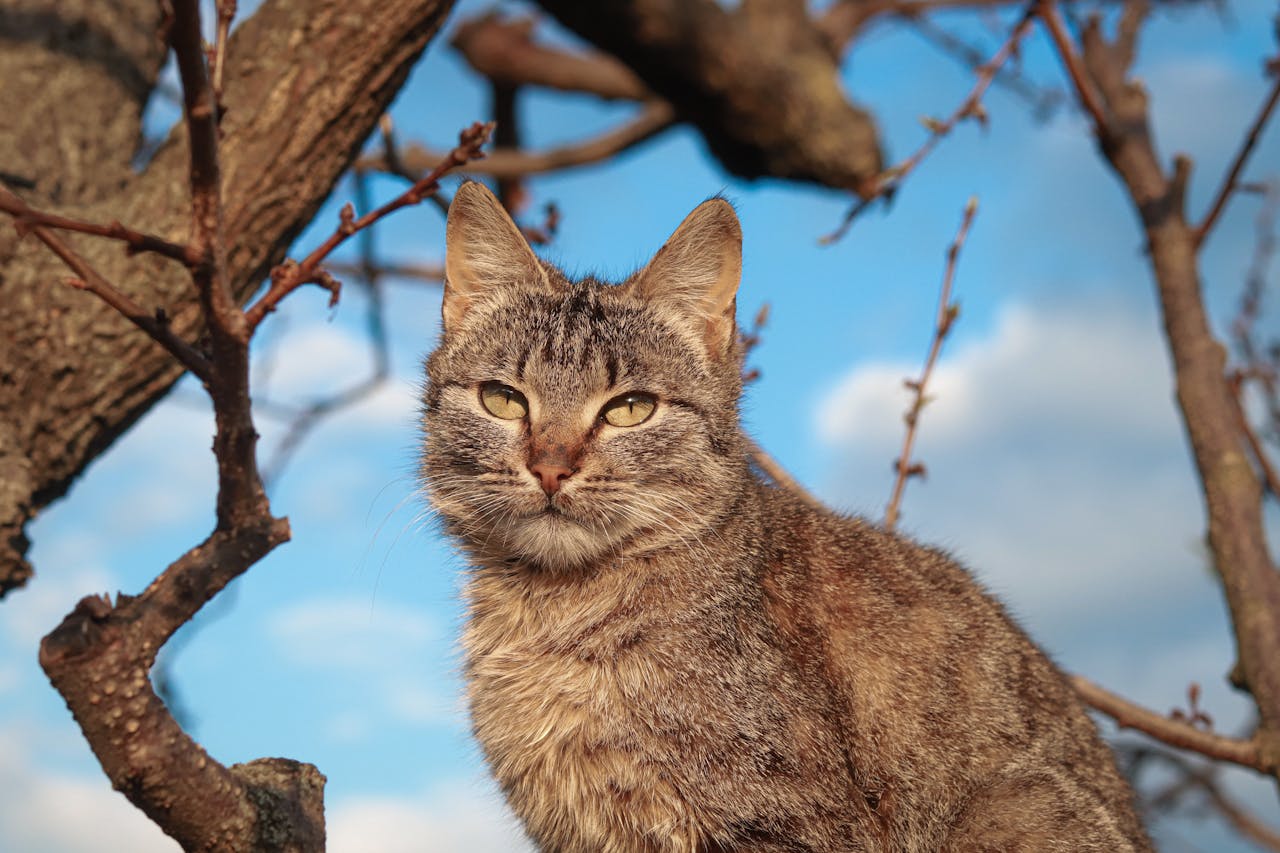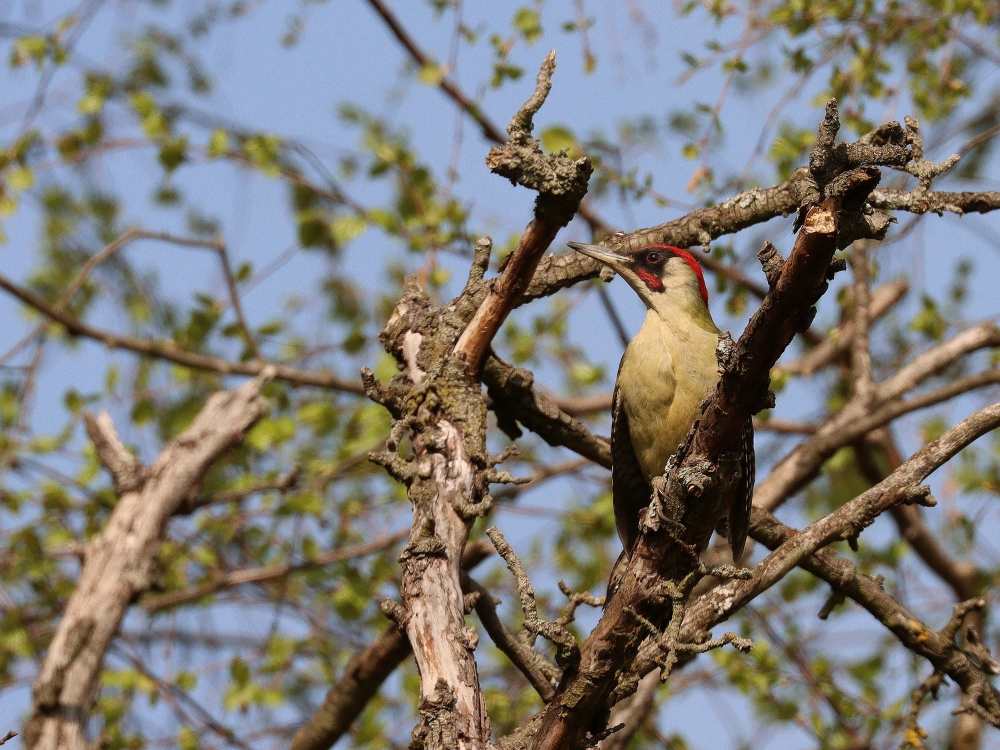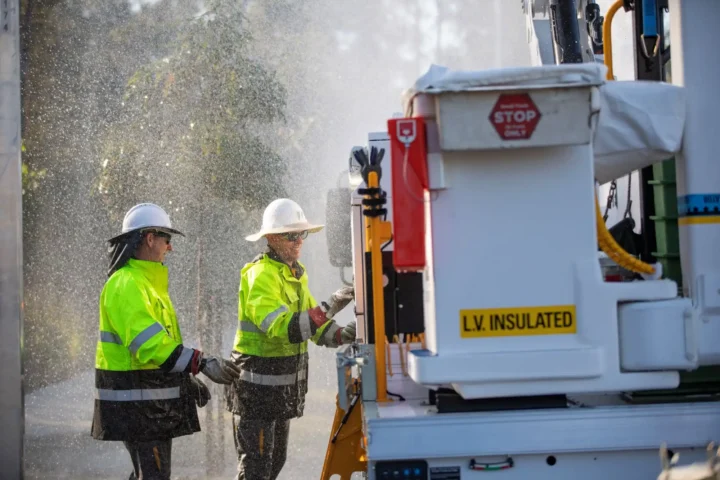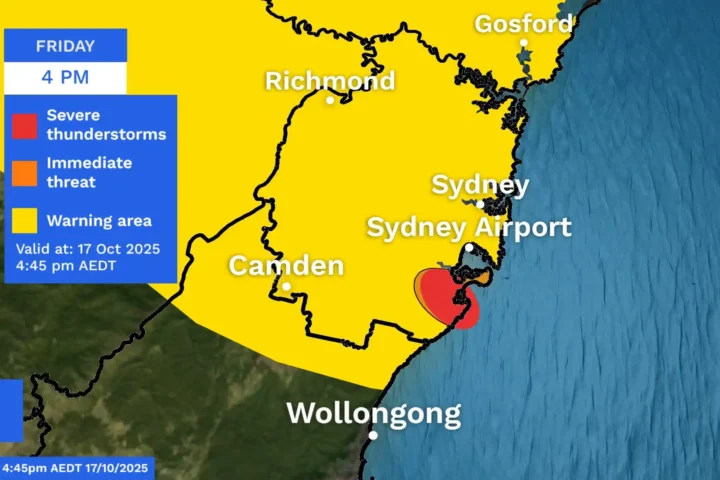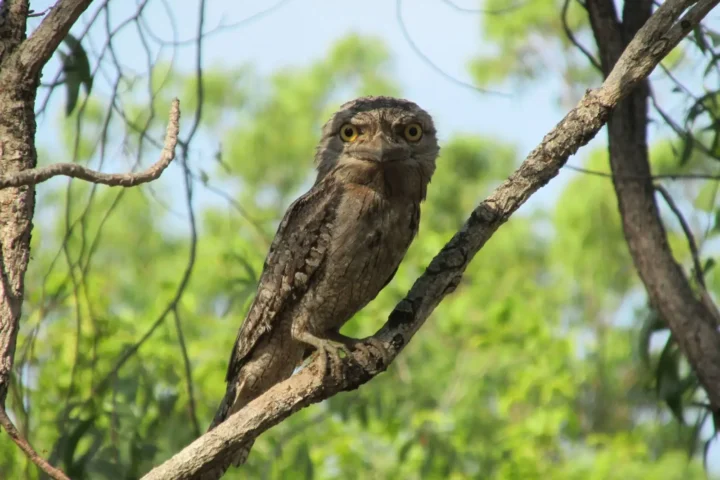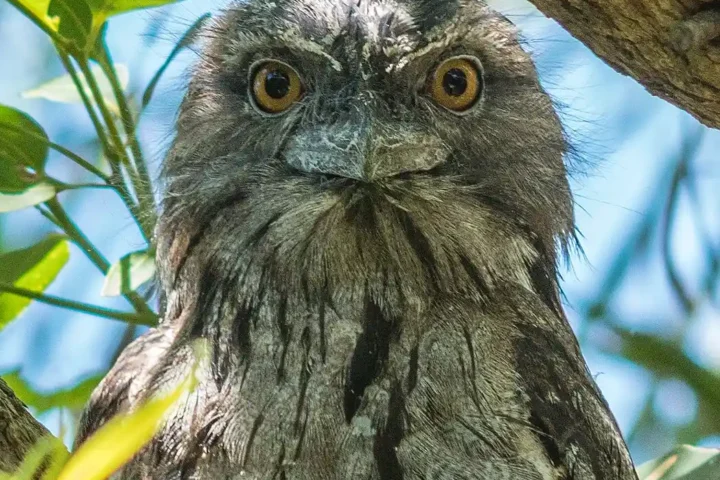A major survey of Western Australia’s local governments reveals overwhelming support for stronger cat management laws, with most councils eager to implement permanent cat containment measures but feeling blocked by inconsistent regulations.
The survey, conducted by the WA Feral Cat Working Group at Local Government Minister Hannah Beazley’s request, found that 78% of local governments want to implement permanent containment for pet cats. This represents a clear mandate for change in how cat ownership is regulated across the state.
Dr. Bruce Webber, Executive of the WA Feral Cat Working Group, highlighted the frustration many councils face: “Their communities are calling loudly for cat containment, and they are seeking to implement solutions, but are all too often having their efforts blocked.”
The survey achieved an unprecedented 74% engagement rate from WA’s 139 local governments, showing the issue’s importance to communities across the state.
Cat containment isn’t just about protecting wildlife. Roz Robinson, CEO of Cat Haven WA, pointed out significant welfare benefits for the cats themselves: “The benefits of cat containment are tenfold to both cat and owner.” She noted that contained cats live up to 10 years longer than those allowed to roam freely.
Cat Haven takes in approximately 8,000 cats annually, with Robinson stating that more than 70% show injuries related to roaming. During breeding season, public complaints about mating cats and property damage from undesexed males increase dramatically.
“What is so frustrating for us is that the poor welfare outcomes from roaming could all be avoided with owners simply containing their cats to their properties,” Robinson said. “We could literally halve our annual intake.”
The environmental impact of roaming cats is substantial. Jack Gough, CEO of the Invasive Species Council, stated: “Roaming pet cats are sending our suburbs silent. Every year across Australia they kill more than 300 million native animals – wiping out birds, reptiles, frogs and small mammals.”
This latest survey builds on a 2019 WA Government review that showed 73% of respondents supported laws to prevent cats from roaming. Community sentiment has grown even stronger since then, largely due to increased awareness of the impacts.
With 5.3 million pet cats in Australia and cats present in more than 30% of Australian households, the issue affects a significant portion of the population.
Similar Posts
The Australian Capital Territory has already implemented mandatory 24/7 cat containment policies with high compliance rates, showing that such measures can work effectively when properly implemented.
Dr. Webber emphasized that immediate action is needed: “We cannot wait for yet another review of the Cat Act to act on this mandate for cat containment, that solution will take too long to deliver. While we support a review of the Cat Act, we need immediate change to enable local governments to prevent pet cats from roaming.”
The growing consensus around responsible pet cat ownership centers on three key practices: desexing, registration and microchipping, and permanent containment. However, Western Australia currently lacks consistent policy and enforcement mechanisms to support these practices.
The WA Feral Cat Working Group is calling for the state government to empower local councils to implement stronger containment laws, bringing Western Australia in line with best practices already being adopted in other parts of the country.
“We need to rethink what it means to be a cat owner in Western Australia and see cat containment as a basic responsibility,” concluded Dr. Webber. “It’s better for everyone this way, for pets, people, and wildlife.”
